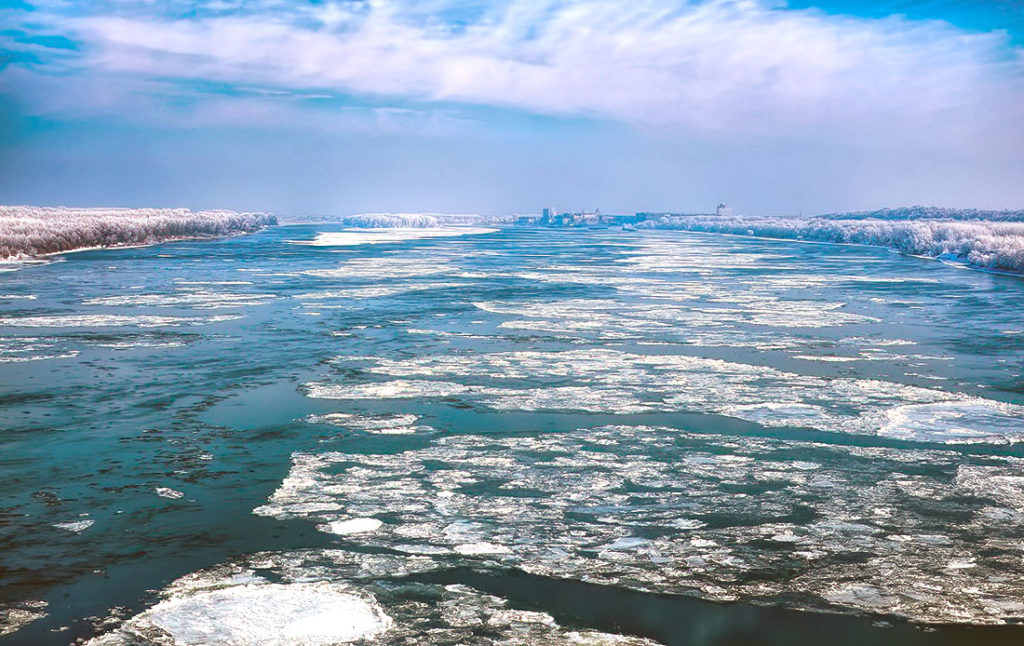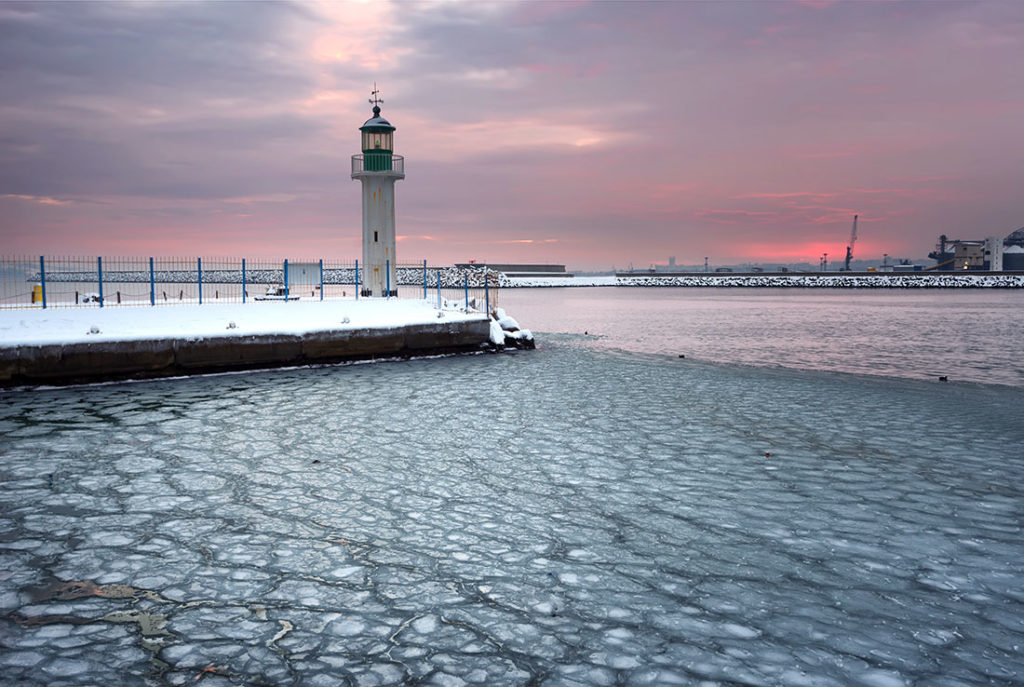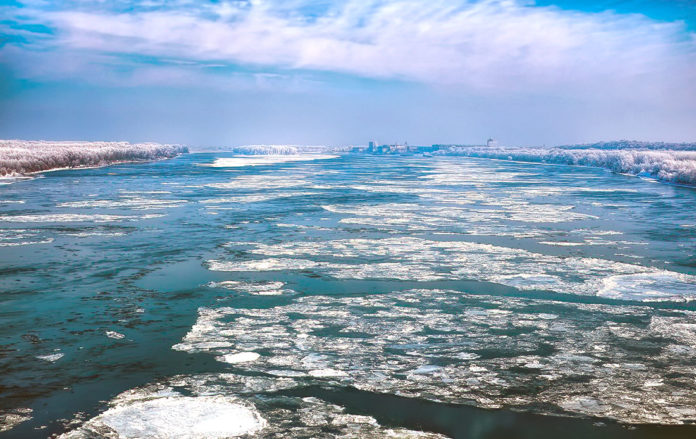The Danube River, Europe’s second-longest river, is renowned for its vital role in commerce, culture, and history. Flowing through ten countries, it serves as a lifeline for many communities. While the Danube typically maintains a steady flow year-round, there have been rare occasions when its waters have succumbed to winter’s icy grip, transforming into a frozen expanse. In Bulgaria, such events are exceptional, offering a unique spectacle that intertwines natural beauty with historical significance.
Historical Instances of the Danube Freezing in Bulgaria
A Glimpse into the Past
Historically, the Danube has occasionally frozen over, with notable events recorded in the early 20th century. One significant instance occurred during the harsh winter of 1928–1929, when the river froze entirely, allowing people to cross on foot between Ruse, Bulgaria, and Giurgiu, Romania. Photographs from that period depict locals traversing the icy surface, a testament to the severe cold and the river’s transformation into a natural bridge.
The Winter of 1984–1985
Another remarkable freezing event took place in the winter of 1984–1985. During this period, the Danube’s surface solidified entirely in Bulgaria, halting river traffic and creating a picturesque yet challenging scenario for riverside communities. Such complete freezes have been rare, with the 1984–1985 event standing out as one of the last significant occurrences in the 20th century.
Recent Freezing Episodes Beyond Bulgaria
The 2012 European Cold Wave
In February 2012, a severe cold snap gripped Europe, leading to significant ice formation on the Danube River. Countries including Romania, Croatia, and Serbia reported up to 90% of the river’s surface was covered with ice, prompting the suspension of shipping activities due to safety concerns. This event marked the first substantial freezing of the Danube in 25 years, disrupting commerce and transportation across the region.
The 2017 Cold Spell

Another notable instance occurred in January 2017, when frigid temperatures again caused the Danube River to freeze in several countries. That same winter, the Black Sea around Burgas also froze, an infrequent phenomenon, while Sozopol was blanketed in snow, transforming the coastal town into a breathtaking winter landscape. The icy conditions on the Danube necessitated international cooperation to manage the ice and prevent potential flooding caused by ice jams. This event underscored the challenges of extreme weather. It highlighted the importance of cross-border collaboration in managing both the Danube’s waterways and the unexpected freezing of the Black Sea’s coastline.

The Frozen Black Sea: A Coastal Rarity
While the Danube’s freezing is uncommon, the Black Sea’s succumbing to ice is even more extraordinary. However, during the severe winter of 1928–1929…
Experiencing the Danube’s Winter Magic Today
What Modern-Day Tourists Can Expect
For travelers intrigued by the idea of witnessing the Danube’s icy transformation, it’s essential to understand that such events are rare and unpredictable. Due to climate change and milder winters, the river seldom freezes entirely in contemporary times. However, visitors to Bulgarian cities like Ruse, Vidin, or Silistra during freezing spells might observe partial ice coverage along the riverbanks, offering a glimpse into this natural phenomenon.
Staying and Dining in Winter
While winter is the off-season for tourism along the Danube, several accommodations and eateries remain open, providing warm hospitality to visitors. Cozy riverside hotels and traditional Bulgarian restaurants offer a chance to experience local culture away from the usual tourist crowds. It’s advisable to check in advance for availability, as some establishments may have reduced hours during the colder months.
Weather Conditions
Winter temperatures along the Bulgarian stretch of the Danube can vary, with averages ranging from -2°C to 5°C (28°F to 41°F). During cold waves, temperatures can drop significantly lower, especially in January and February. Visitors should be prepared for cold and potentially windy conditions, making warm clothing essential for comfort during outdoor exploration.
The freezing of the Danube River in Bulgaria is a rare and captivating event steeped in historical significance and natural beauty. While such occurrences have become infrequent due to changing climatic conditions, the river’s winter landscape offers a serene and picturesque setting for those seeking a tranquil retreat. Whether you’re a history enthusiast, nature lover, or simply searching for a unique travel experience, the Bulgarian Danube in winter holds a subtle charm waiting to be discovered.



